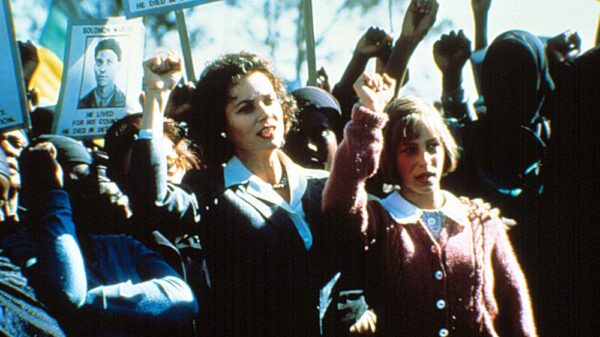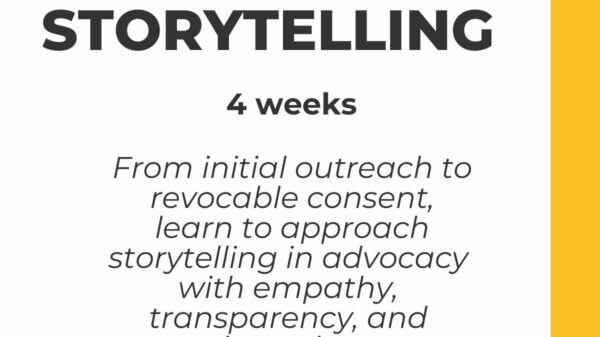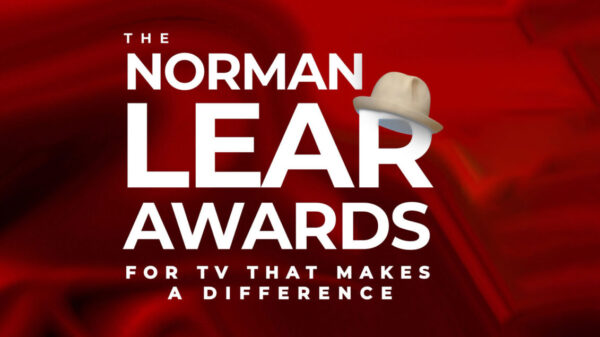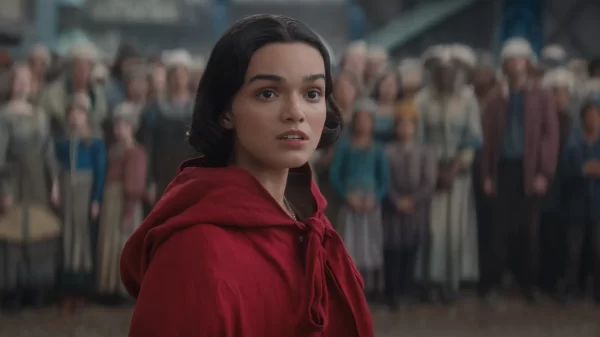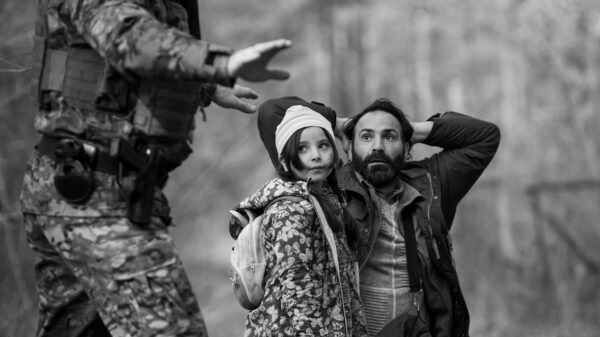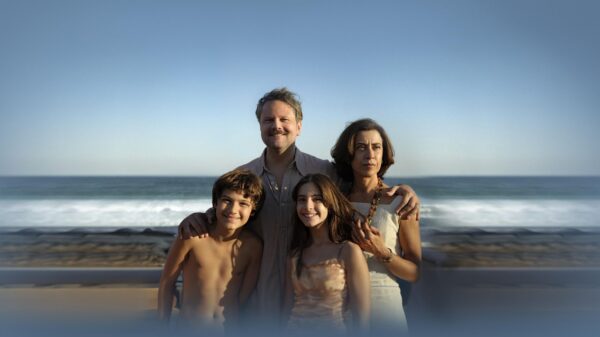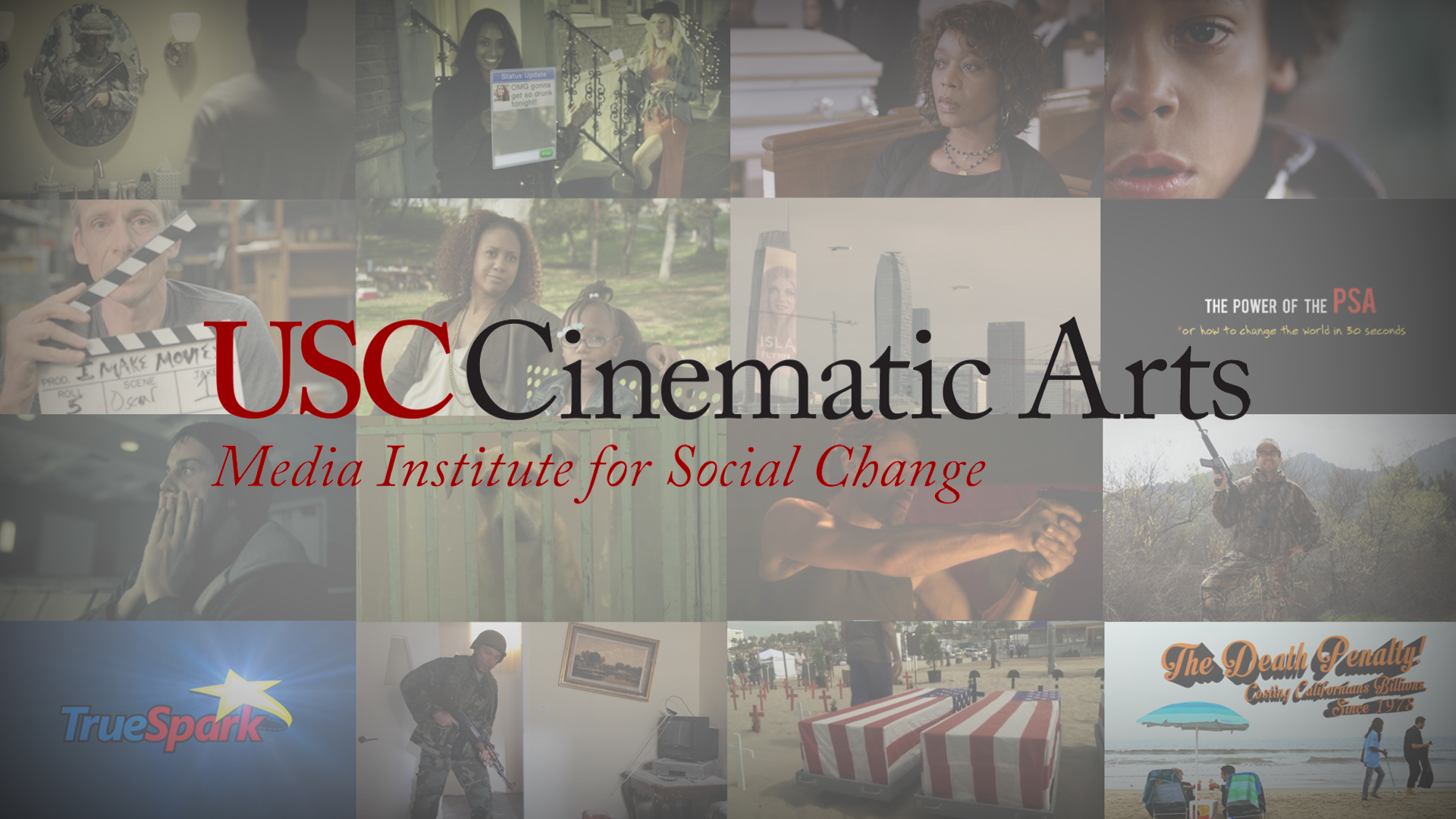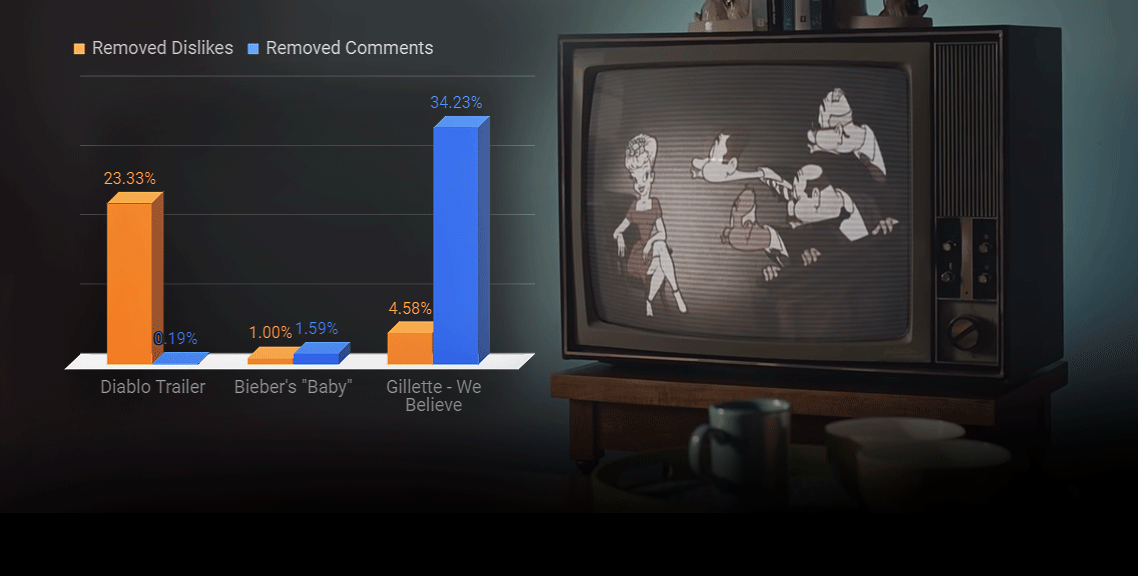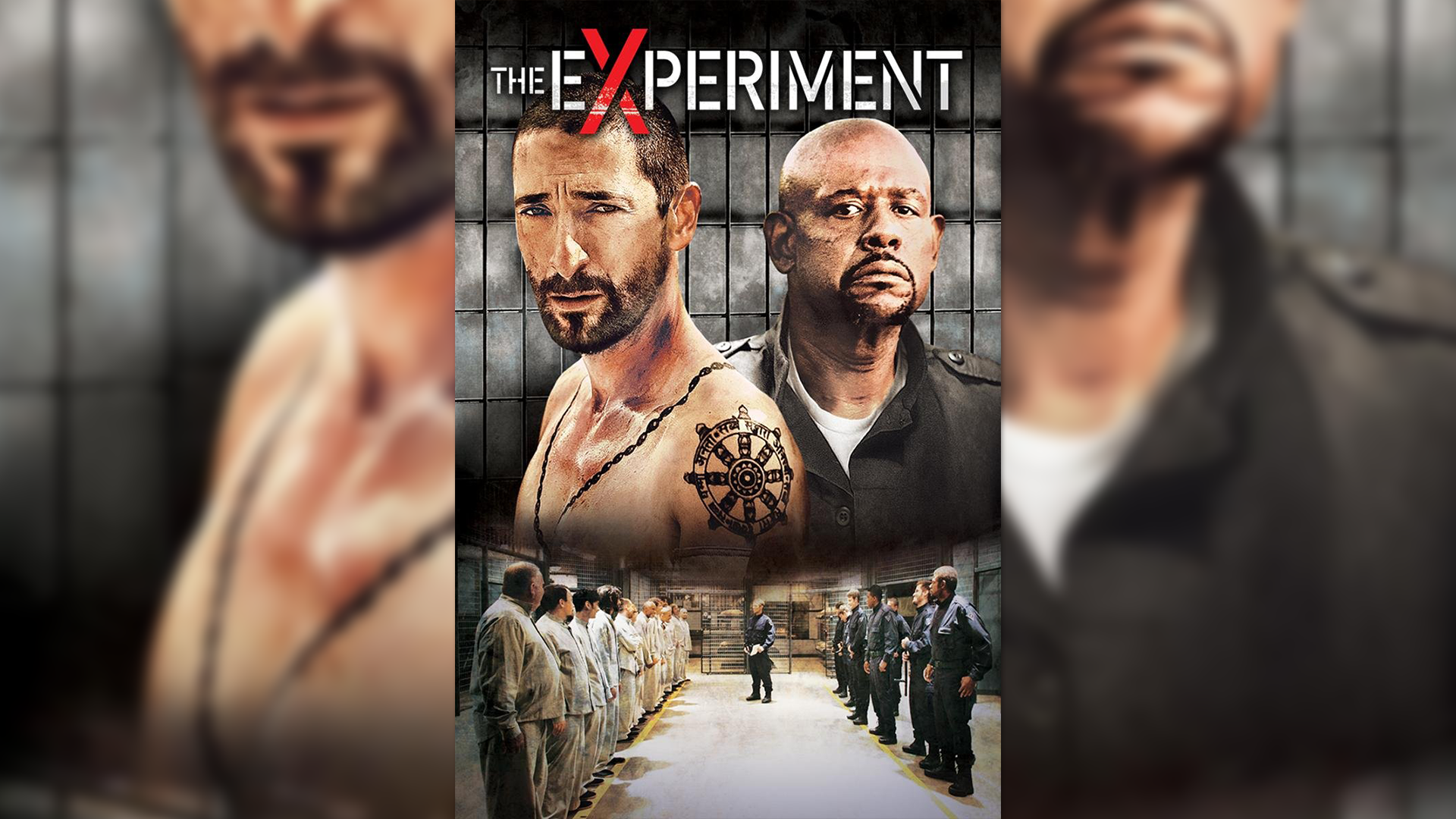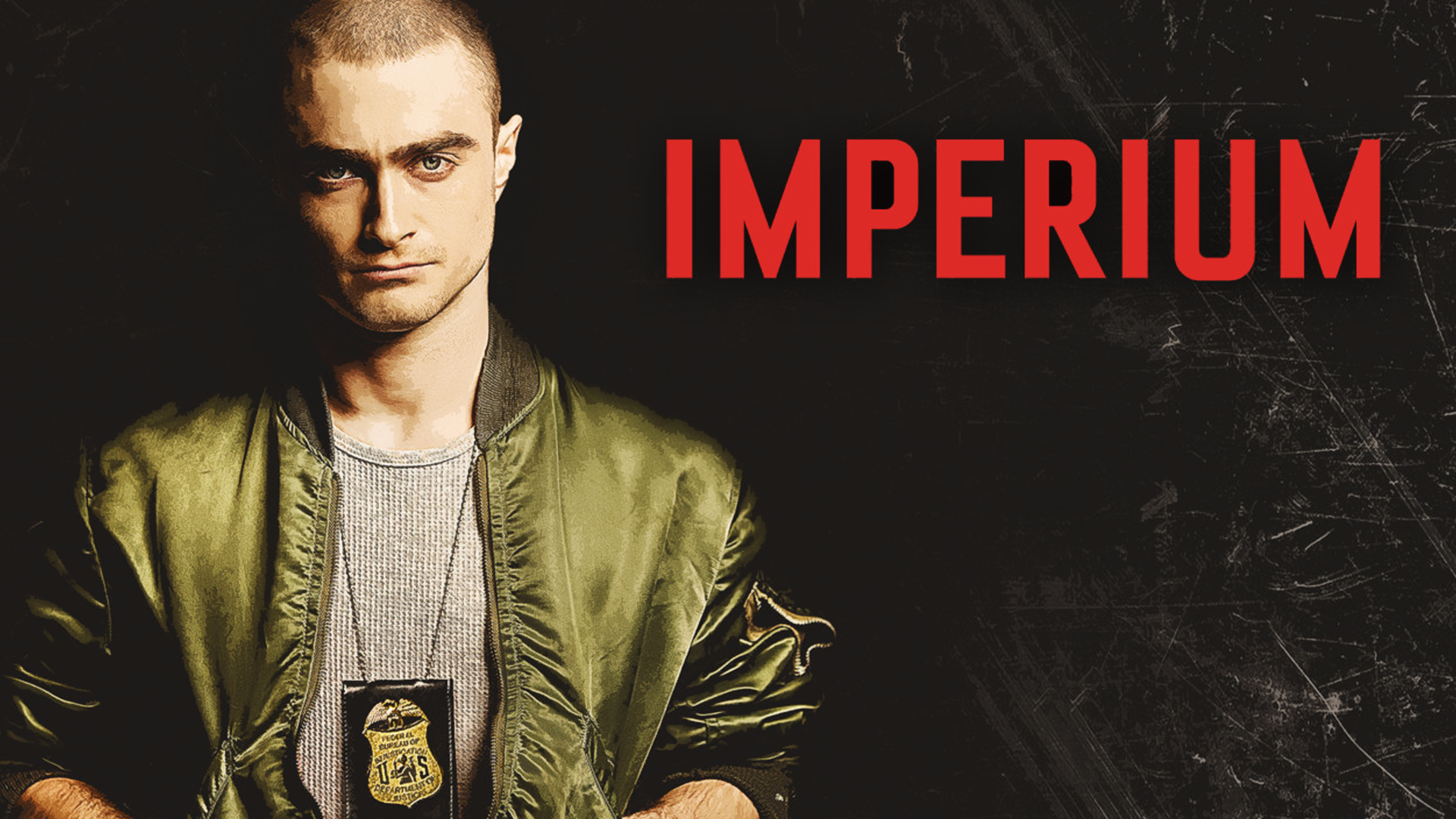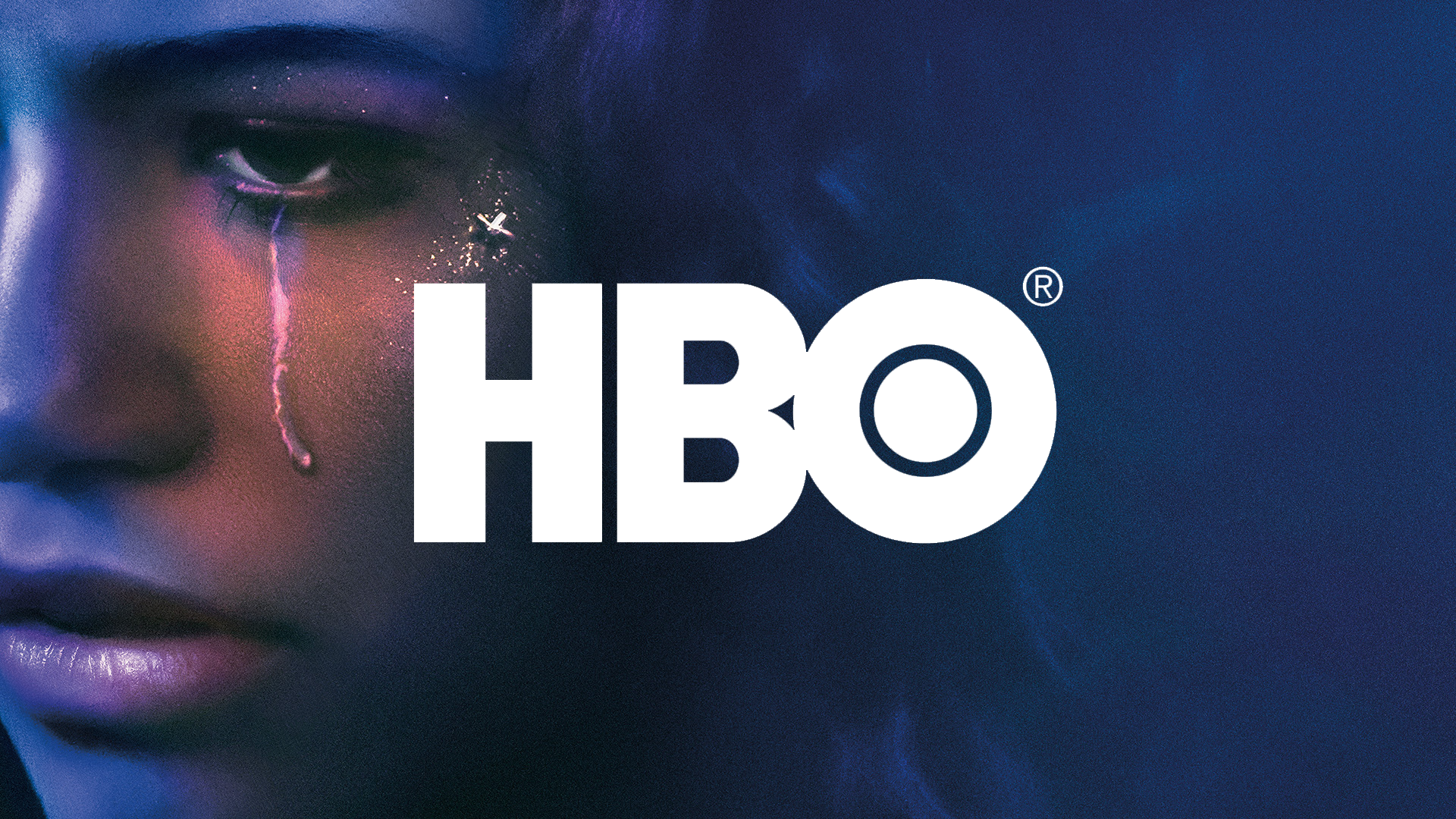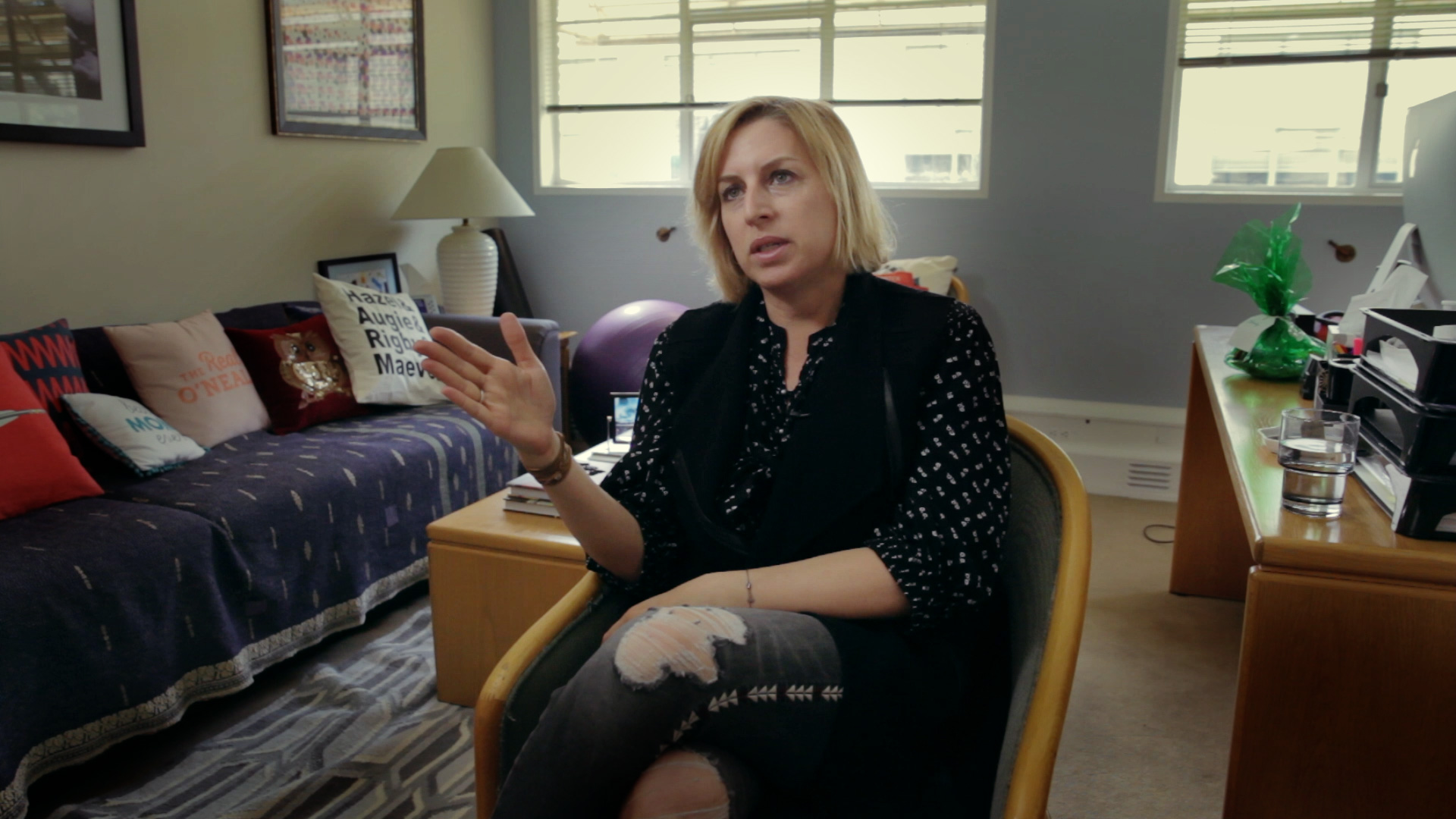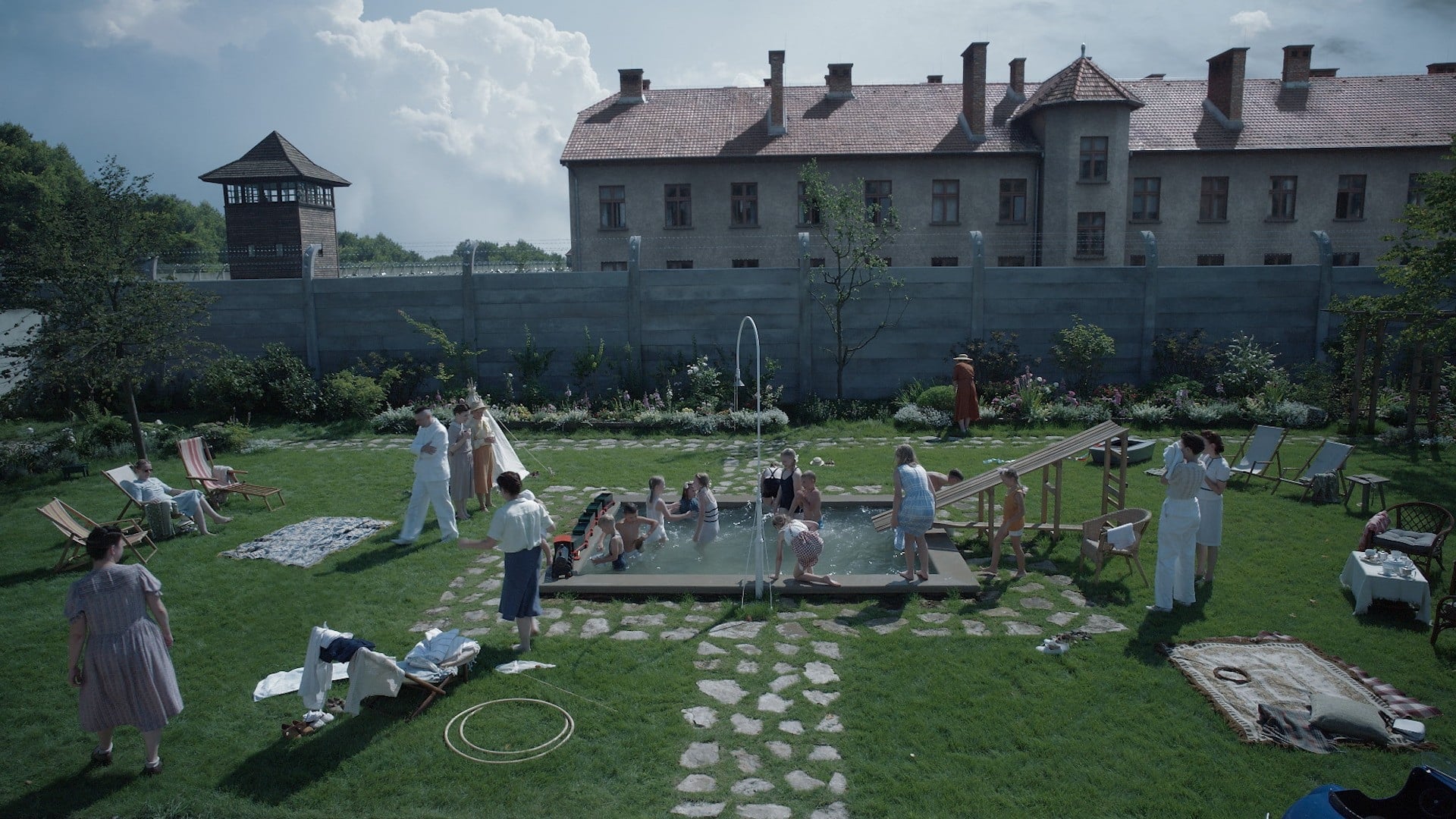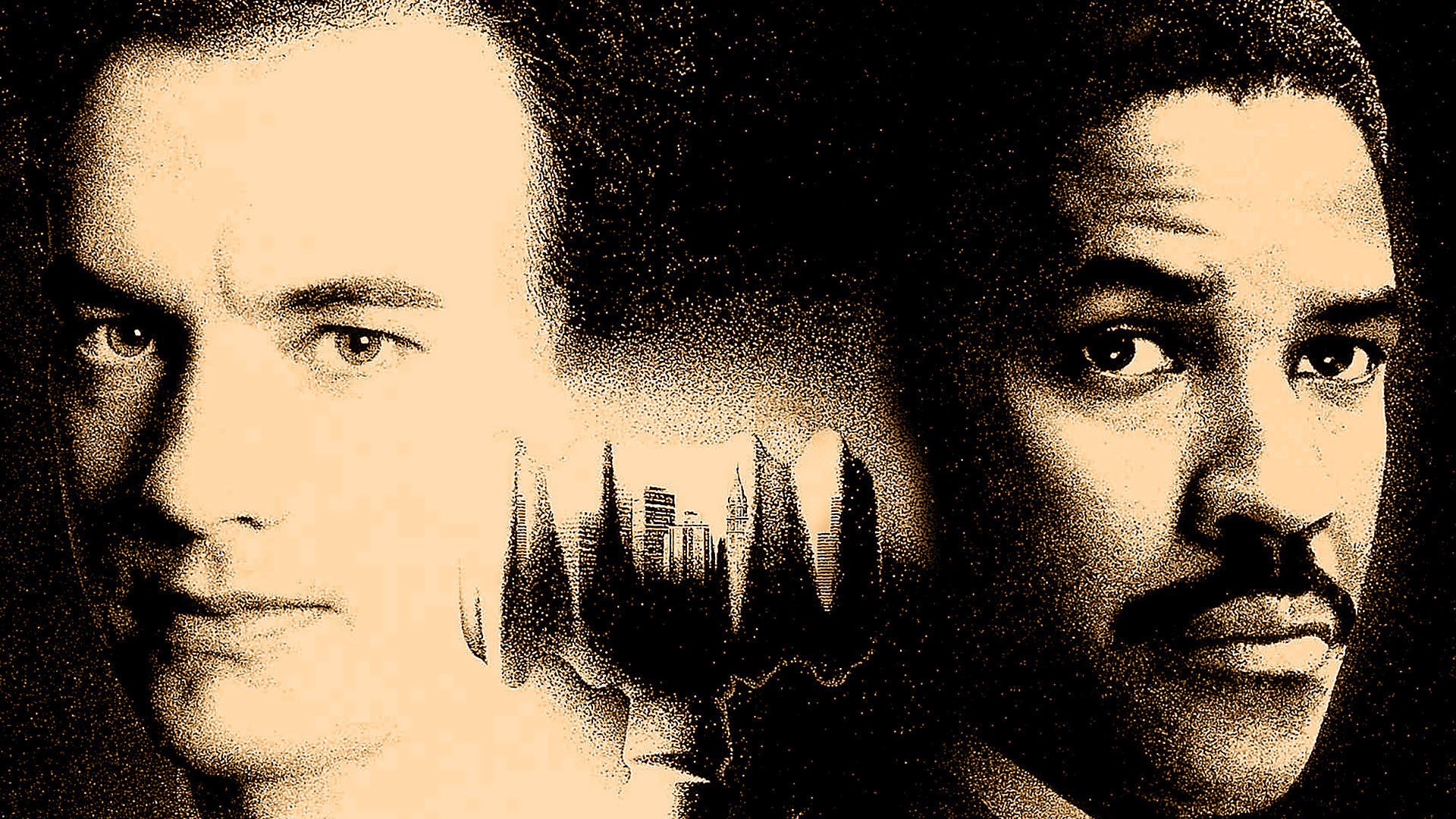It seemed nearly impossible to find a way to tell a new Holocaust story. With his stunning new feature, Jonathan Glazer has found it.
Why should I see The Zone of Interest?
Some films are impactful because of what they show you, but The Zone of Interest is exactly the opposite. The film deftly steers your imagination to tell a story that will leave you aghast.
What is the movie The Zone of Interest about?
The Zone of Interest explores social causes like Human Rights and War & Peace
If there’s any event in history that’s probably had enough celluloid exposed to its retelling, it’s surely the Holocaust. Kate Winslet says as much in Ricky Gervais’ savagely brilliant Extras, when her character admits that she’s only acting in a Holocaust film in an attempt to win an Oscar: “I mean, do we really need another Holocaust film? We get it. It was grim. Move on.”
(It’s worth noting that Kate was playing a highly satirised version of herself… and that she really did win an Oscar a few years later… and yep, it was for a Holocaust film.)
Why is The Zone of Interest worth your time, then? Why has it racked up five Academy Award nominations (including Best Picture) and over 40 international critics prizes, including three BAFTAs and the Cannes Grand Prix?
Where do we start? Because the film looks and sounds nothing like what you might expect. Because it’s directed by British auteur Jonathan Glazer (Sexy Beast, Birth, Under the Skin), who specialises in themes of alienation and favours “a bold visual style that utilises an omniscient perspective”. And because not once do we step inside a concentration camp, or even witness a single act of violence. But we do hear them… we hear them in their thousands.
Why is the shooting style of The Zone of Interest important?
Glazer, who is of Ashkenazi Jewish descent, is one of contemporary cinema’s most rigorous visual storytellers. Anyone familiar with the work of Stanley Kubrick would likely line up Glazer’s stark, quietly foreboding visuals in the same lane.
For Zone, Glazer pulled a new trick: embedding up to ten fixed cameras within the Höss home, operated remotely and shooting simultaneously.
The effect is eerie. The fixed camera style emphasises the normalcy of home life for the commandant of Auschwitz, Rudolf Höss, and his wife Hedwig – and since we’re watching them go about their lives, the cameras highlight the voyeuristic nature of our watching on. Imagine a stomach-turning alternate reality where you tune into Nazi Big Brother, and you’re close to the aesthetic. It’s intimate, yet detached. The realism of what we see deepens its power.
Glazer goes further with scenes involving a young Polish girl who, under the cover of darkness, leaves apples hidden in mounds of soil for the starved working prisoners to discover the next day. Rejecting artificial lighting, Glazer uses thermal cameras to cover the scene. The contrast intensity of heat-as-white and cool-as-black reminds us of nightvision footage from modern wars; an idea that this girl’s act of defiance is a similar exercise in subterfuge.
“I didn’t want to feel like I was making a movie about this other period, and then putting it in a museum. Like ‘that happened then, it doesn’t relate to us anymore.’ But clearly it does, and troublingly, it may always. I wanted to always be looking with modern eyes.”
~ Jonathan Glazer
We never enter the concentration camp built next to the Höss family home, nor see inside. For Glazer, those images have been captured before and shown all too often. “I knew that the sound would fill in the pictures that we’ve all seen,” Glazer says.
The Oscar-nominated soundscape of the film provides THE talking point of the film. While the Höss children frolic in the pool, we hear the shrill screech of another train pulling into Auschwitz. As Hedwig tends to her prized flowers – pointing out a ladybird to her infant child – we hear men’s anguished screams, followed by gunshots and, horrifyingly, silence. To the Höss family, the sounds are ignored; simply background noise. But the juxtaposition is chilling.
Why do Zone reviews keep mentioning ‘the banality of evil’?
“The banality of evil” is a phrase coined by German-American historian and philosopher Hannah Arendt. She was describing Adolf Eichmann, one of the major organisers of the Holocaust, who was captured in 1960 and put on trial. Rather than a menacing demon, Eichmann was small and bland, or as Arendt wrote, “terribly and terrifyingly normal.”
It’s a major theme of The Zone of Interest, which was the cold phrase used by the Nazi SS to describe the area surrounding the Auschwitz concentration camp. The film illustrates just how seamlessly humans can incorporate acts of evil into our everyday lives when we choose not to think about them. In Glazer’s words, “What I wanted to film was the contrast between somebody pouring a cup of coffee in their kitchen and somebody being murdered over on the other side of the wall. The co-existence of those two extremes.”
What results is a disturbingly gentle series of scenes underlaid with a deeply unsettling reality. The images are light, but our knowledge provides the darkness. When Hedwig tries on an expensive fur coat, we know exactly where it’s come from. When Rudolf is blindfolded by his children to reveal a birthday gift, it’s a perversely playful reversal of his day job; his blindness (only momentary) hints at a more profound state of denial.
Yes, these scenes are banal, as are their day to day lives; the normalcy is the point. We are meant to be disturbed by the unfathomable gulf between scenes of daily life, and the misery that lies next door.
Glazer’s most jarring choice may be his boldest. At a pivotal moment, he cuts to the modern day, jumping genres from narrative fiction to documentary. Not to hear from a respected historian, or show images of survivors and loved ones, but to capture the displays of the Auschwitz-Birkenau State Museum… as they are being vacuumed and cleaned (is there a more banal activity than cleaning?). We see the impossibly huge piles of shoes and suitcases behind glass which is being sprayed and wiped clear of fingerprints. It’s without doubt the film’s most powerful juxtaposition.
How does The Zone of Interest examine the Holocaust through fresh eyes?
Because the Höss family are seemingly immune to the existential horrors of the extermination happening over their garden wall, Glazer continually brings this reality home to us through the eyes of visitors and outsiders who either wrestle with their own moral compass, or are forced to go along for fear of their lives.
The latter are straightforward, like the young Polish housemaid who virtually trembles in front of Hedwig (who is by any regular measure, a loving mother and devoted wife – but there are no regular measures in this era). When her husband is sent away on ‘logistical’ duties, Hedwig is clearly frustrated, barking at her maid (the closest “lesser than”): “You know I could have my husband spread your ashes across the fields of Babice.” Yes, that’s a village in Poland.
In regards to a moral compass, the closest we come on this side of the wall is a visit from Hedwig’s mother, who is given a cheery house tour including the garden and inground pool. She’s proud of her daughter and the life they’ve built, even if their living next to a Jewish internment camp is odd – she wonders aloud if her neighbour Esther Silverman is there.
But Hedwig’s mother seemingly decides to cut her stay short when, from her bedroom, she witnesses the nearby smokestacks roaring into life at night. Glazer shows us her gripped expression as her window flickers with amber light. In the morning, she’s gone.
What are critics saying about The Zone of Interest?
“Chilling and profound, meditative and immersive, a movie that holds human darkness up to the light and examines it as if under a microscope.”
– Owen Gleiberman, Variety
“Glazer challenges viewers to morph from spectators to participants, grappling with the enduring truth that we’re all capable of knowing evil when we see it.”
– Ann Hornaday, Washington Post
“Raises the question of how much suffering we are all willing to ignore, just because it’s happening in another part of the world, or beyond our own zone of interest.”
– Nicholas Barber, BBC
Fully on board, or disagree big time? We’d love to hear your take. Leave a review to share your thoughts with the good.film community!
So what’s the takeaway from The Zone of Interest?
It’s fair to ask, why look back at these deeply traumatic events? Does witnessing a family frolic in their dream home next to smokestacks spewing human ash actually help us right now? It’s also worth asking in reply – what kinds of suffering do many of us choose to ignore in our societies today, as we go about our relatively comfortable lives?
Shakespeare said that art is a mirror held up to nature. Wise words, William – and while the stark reflection that Glazer holds up isn’t pretty, he’s reframed the events with a modern eye. By showing us Auschwitz in ways we’ve never seen, the message of Zone couldn’t be clearer. Right now, its timeliness is vital.
Ironically, it was German playwright Bertolt Brecht who pushed back on Shakespeare’s notion with his own spin on the famous quote, saying “Art is not a mirror held up to reality, but a hammer with which to shape it.” Perhaps The Zone of Interest is the hammer we need right now – a stark reminder that a cataclysmic genocide can be built one ordinary step at a time. The lesson is to notice when those very ‘banal’ looking train tracks once again start to appear.


